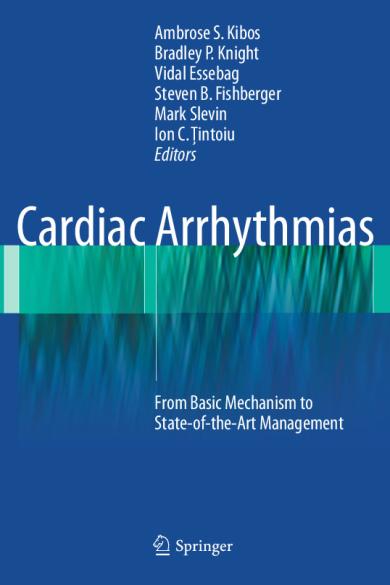
Arritmias Cardíacas - Ambrose S. Kibos MD, Blanca F. Calinescu MD (Auth(Z-lib.org)
- Uploaded by: Henrique Maia
- Size: 29.4 MB
- Type: PDF
- Words: 420,810
- Pages: 678

* The preview only shows a few pages of manuals at random. You can get the complete content by filling out the form below.

Henrique Maia - 29.4 MB

Vasile Călin Drăgan - 304.1 KB

Vasile Călin Drăgan - 304.1 KB

maria josephine - 1.8 MB

Reghina - 1.5 MB

JUAN Encarnación - 64.6 KB

Paula Palomino - 2.3 MB

JUAN Encarnación - 97.1 KB

Ana Topalo - 214.8 KB

Eider Luis Contreras Ramos - 51.6 KB

JUAN Encarnación - 265.3 KB

eric rodriguez - 3.7 MB
© 2025 VDOCS.RO. Our members: VDOCS.TIPS [GLOBAL] | VDOCS.CZ [CZ] | VDOCS.MX [ES] | VDOCS.PL [PL] | VDOCS.RO [RO]